Fall is finally here, so take a big, deep, crisp breath. Your summer cleanup is completed, and now it's time to plant, plant, plant. Fall is the absolute best time to get plants in the ground, as it gives them two cooler months to establish deep roots. Plants put in now and next month will be much bigger, will bloom better and will be more drought tolerant next year. So what are you waiting for? Get out your trowel and shovel and get digging.
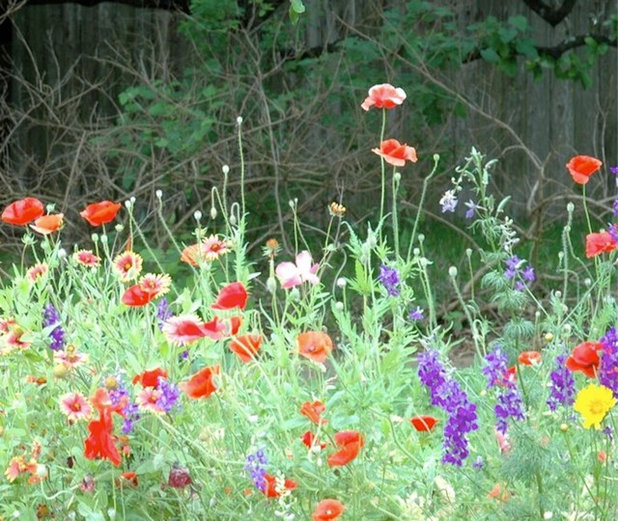
J. Peterson Garden Design
PlantingWildflower seeds. October is the perfect time to plant these seeds if you want a little natural accent in your garden or if you are aiming to create a wildflower meadow or prairie. Try
bluebonnets, coreopsis,
poppies, Indian paintbrush and
Indian blanket. Pay particular attention to bed and soil preparations as you sow these seeds — choose a sunny site, till up all the existing grass and weeds, incorporate up to 1 inch of compost, sow seeds according to package directions and water in well.
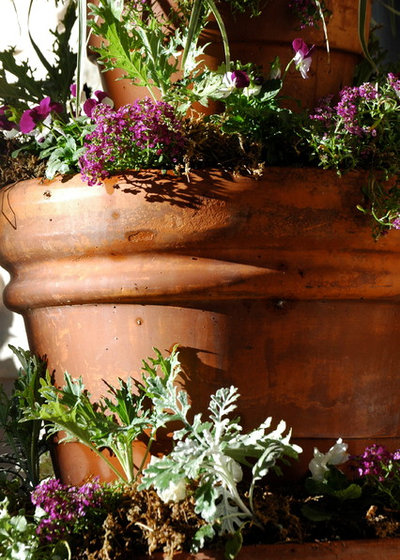
J. Peterson Garden Design
Annual flowers and ornamental plants. So many cool-season annuals can be planted this month —
pansies, violas, snapdragons, alyssum, dusty miller, calendulas, poppies and
nasturtiums are great choices. If your area is having a bit of an Indian summer with higher temperatures, be sure to hold off another week until things cool off a bit.
Use annuals and other ornamental plants, like cabbage and kale, in containers as well as in the fronts of your beds and borders as slower-growing accents.
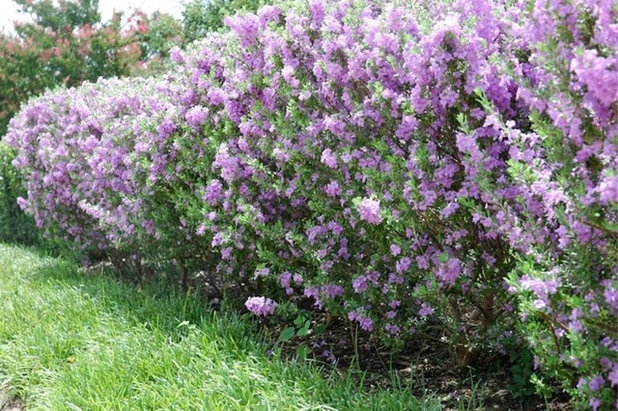
J. Peterson Garden Design
Trees, shrubs and perennials. Look around to see if any of your mature trees or shrubs are showing signs of demise after last year's devastating drought and heat — it often takes a full year to see the damage. If any of your larger plants are on the downslide, take the opportunity now to remove them and replant. The same goes for your perennials, as fall is the perfect time to get them in the ground. Try
salvias, columbine, yarrow and
esperanza as well as ornamental grasses.
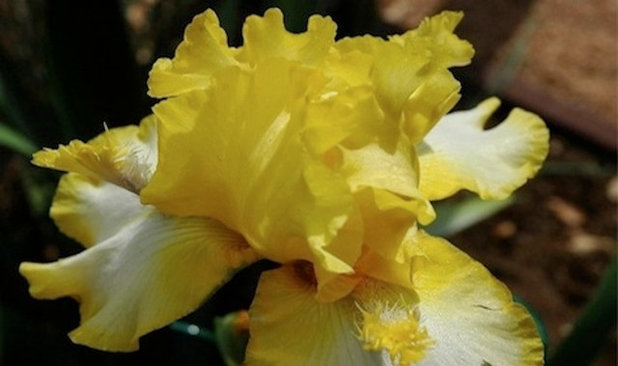
J. Peterson Garden Design
Naturalized bulbs. Many bulbs, like tulips, need a cooling period to gain energy to regenerate next spring. Those kinds don't work very well in our gardens (zone 7a to 8), as the weather simply doesn't typically get cold enough. Not so with naturalized bulbs, which are well suited to our environment. Try
daffodils, bearded irises, muscari, spider lilies, oxblood lilies, crocuses, alliums and anemones. These bulbs typically like sunny areas and should be planted at a depth of three times the width of the bulb.
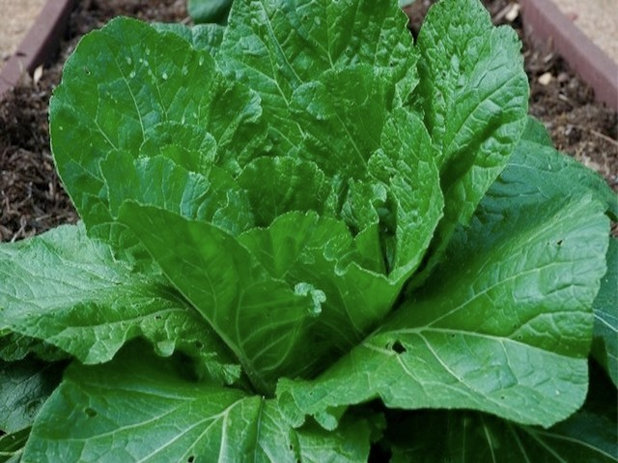
J. Peterson Garden Design
Vegetables. Cool-season vegetables are so plentiful and nutritious, so try to tuck in a few new ones this year. Broccoli, turnips, cauliflower, spinach, Chinese cabbage, cabbage, lettuce, collards and other greens can be planted now. If you are expecting a hard freeze, consider adding some row cover to protect your veggies, but otherwise these plants will take the crisper weather in stride and give you months of produce.
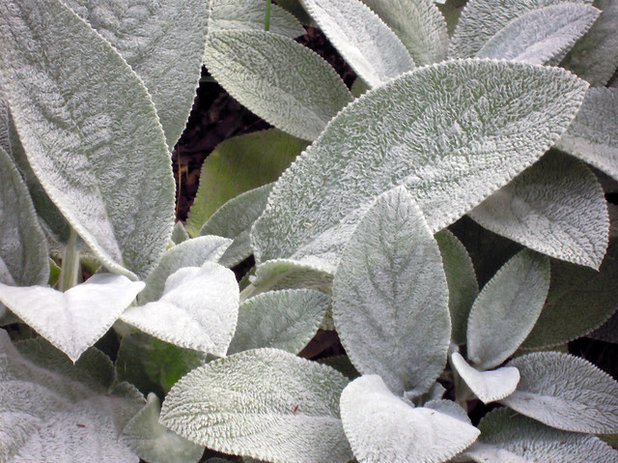 Ground covers.
Ground covers. Ground covers are important for erosion control, as a low-growing accent in the front of a border or as a way to compensate for grass that will not grow under a shade tree. Choose
Asian jasmine, lamb's ears, mondo grass, liriope, ajuga or
periwinkle. Be sure you know which ground covers like sunny sites and which ones prefer shadier conditions, and you'll be rewarded with lush growth and good coverage.
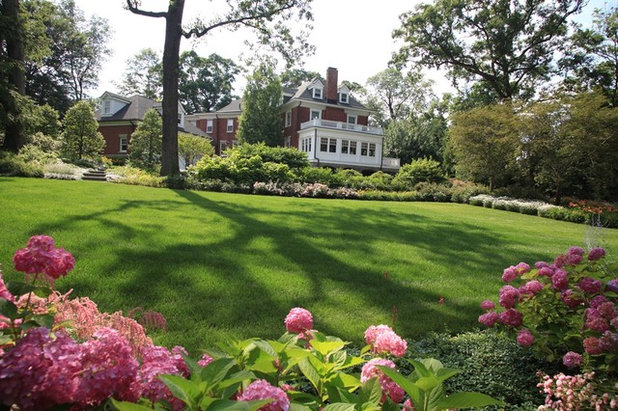
The Todd Group
MaintenanceTake care of your lawn. Be on the lookout for "brown patch" disease in your lawn, particularly if you have St. Augustine grass. It appears as dead grass in a doughnut shape with fairly green grass in the middle. In addition, take a look at the base of your grass blades — while the blades themselves can look dead, the base of them is typically green if you have brown patch. This disease is caused by many things — improper watering and fertilizing, along with warm evenings, are some of the more common causes.
Once you have properly identified your grass issue and are confident you are dealing with brown patch, you'll need to use a fungicide to kill it. If you use a fungicide and you do not have brown patch, the treatment will do your grass no good. Always follow the package directions for the best result.
Check out more early-fall lawn tips
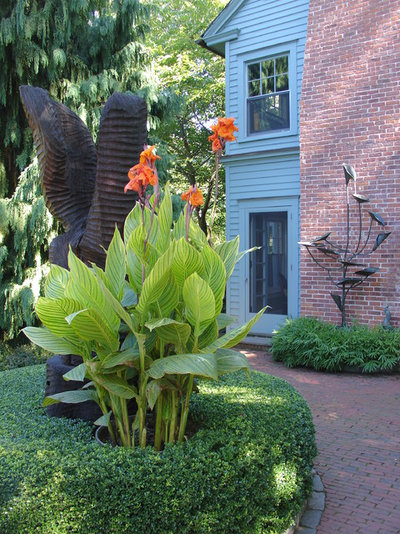
www.KarlGercens.com
Divide perennials. Transplant or share your divisions of
wood ferns, cannas, shasta daisies,
bearded irises, violets and
daylilies. Over time these plants create larger spreading growth, which can crowd out other plants and lead to decreased blooms.
Carefully dig them up — I like to use a tined garden fork for this — and then gently separate the root ball with your fork, shovel or hand pruners. Immediately replant your divisions, or share with your neighbors, for double the amount of plants at no extra cost.
More guides to Texas gardening | Find your U.S. garden checklist





